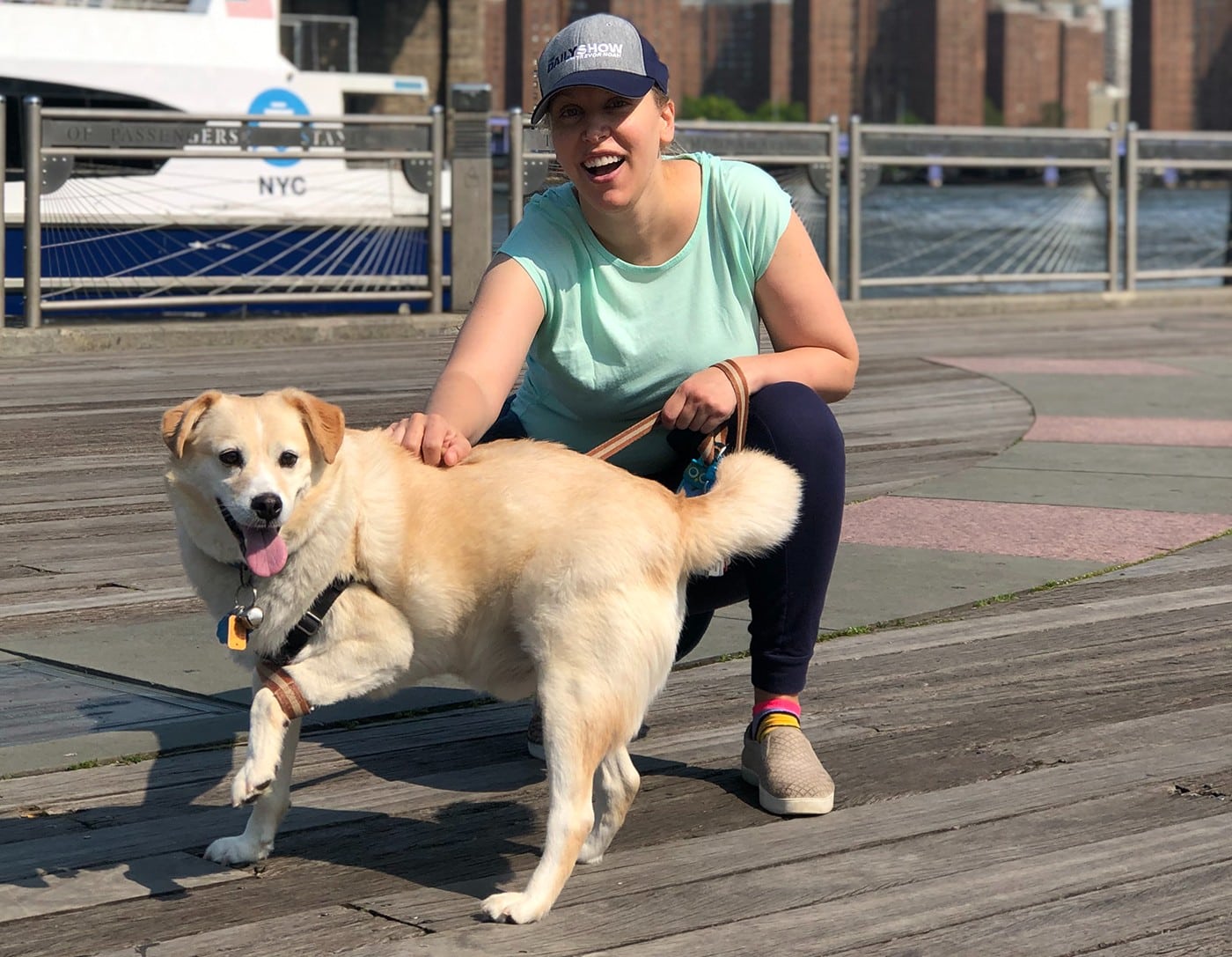As a responsible dog parent, you know the importance of finding a veterinarian that you not only instinctively trust but who also has expert medical know-how and a loving “bedside” manner.
But how can you tell if your veterinarian has the specific skills you are seeking? By understanding the meaning of the abbreviations that appear after veterinarians’ names. These are particularly important if you are seeing a specialist.
We’ve decoded the basic and not-so-basic abbreviations to help give dog parents a greater understanding of the educational requirements and certifications that your own veterinarian possesses as well as to help you find a specialist when necessary.
DVM
These letters simply mean Doctor of Veterinarian Medicine. They indicate that the vet has graduated from an American veterinary school with a Doctorate degree, which is required to practice veterinary medicine in the United States.
According to the American Veterinary Medical Association this means that the veterinarian has completed a four-year undergraduate degree first, likely studying subjects such as biology, chemistry, organic chemistry, biochemistry, physics, anatomy, psychology, microbiology, animal nutrition, zoology and other related subjects.
A doctorate degree in veterinary medicine involves another four years of training in a veterinary school. Around two of those years are spent in classrooms and laboratories, studying subjects like immunology, pharmacology, pathology, toxicology, infectious diseases, parasitology, surgical technical and other topics. Then students received additional education and experience doing clinical rotations and seeing animal patients under the guidance of seasoned veterinarians.
Veterinarians must be licensed in every state in which they practice.
Related: A Holistic Veterinarian Shares What We Should All Know About Dog Nutrition
VMD
This is a doctorate degree very similar to the DVM degree, but it is earned at the University of Pennsylvania’s School of Veterinary Medicine (or PennVet). The Veterinary Medical Doctor degree (or, as the school terms it, the Veterinariae Medicinae Doctoris), stands out for being from one of the oldest veterinary schools in the United States. Founded in 1884, the school was originally part of the University of Pennsylvania Medical School. The four-year curriculum is similar to the DVM subjects. Some students go on to residencies in specialties such as surgery, ophthalmology, dermatology, orthopedics and receive board-certification.
DACVIM
This stands for Diplomate, American College of Veterinary Internal Medicine. Earned after the regular veterinary doctorate degree, it is a board-certification degree from the American College of Veterinary Internal Medicine, or ACVIM. To gain this certification, the candidate must be a graduate of a school certified by American Veterinary Medical Association, or AVMA, or be licensed to practice veterinary medicine in “some state, province, territory, or possession of the United States, Canada or another country.”
This training includes an internship, residency and documented clinical experience in an approved program, at which time, the doctor becomes a candidate. Minimum requirements for received the diplomate certification is passing a general exam, credentials, specialty examinations and completing the residency training program.
There are also titles within this program. For example, Board Certified by the ACVS (rather than Diplomate of the ACVS) means that the doctor passed the certification exam but for some reason is no longer a member of ACVS. Limited to the Practice of Surgery indicates a doctor who has completed a residency but has not received board-certification.
DACVS
The Diplomate, American College of Veterinary Surgeons, or ACVS, is a board-certification in veterinary surgery. To achieve certification, a candidate must complete a three-year residency from the Veterinary Internship & Residency Matching Program. Submitting and publishing a scientific manuscript in an approved journal, as well as passing several examinations is also required.
Related: Senior Dog Suffering Pain from Arthritis? Here Are 8 Alternatives to Giving Your Dog Drugs.
Other Related Fields
CVT/LVT/RVT
These abbreviations stand for Certified Veterinary Technician, Licensed Veterinary Technician and Registered Veterinary Technician. They are all the same, but the title changes depending on the state that the technician receives certification. For example, in New York, certified technicians are called Licensed Veterinary Technicians.
Certification is obtained from an AVMA-accredited veterinary technology program. They are trained to perform both medical and non-medical services for a veterinarian. This includes assisting the veterinarian in surgery, performing laboratory procedures, monitoring patients under anesthesia, nursing, managing and performing prescribed treatment and working with clients.
To achieved certification, a student must pass a veterinary technician national exam. During the course of their career, they are required to complete continuing education courses as determined by their state’s Board of Veterinary Medicine.
VTS
A VTS stands for Veterinary Technician Specialist. These areas of specialty correspond to the areas in veterinary medicine, such as emergency and critical care, anesthesia, dentistry, cardiology, clinical practice, equine, veterinary nursing, large and small animal internal medicine and others.
This title requires around four to five years of experience in their field, advanced skills, continuing education, case reports, credentials and an exam. Once certified, the technician must complete continuing education courses as required, as well as mentoring students, lecturing, and publishing.
The National Association of Veterinary Technicians in America (NAVTA) established the Committee on Veterinary Technician Specialties to oversee Veterinary Technician Specialty Academies and Veterinary Technician Specialists, and to develop guidelines, procedures, criteria and standards for Veterinary Technicians to be recognized for a specialty.
Related: How Much Benadryl Can I Give My Dog?


















